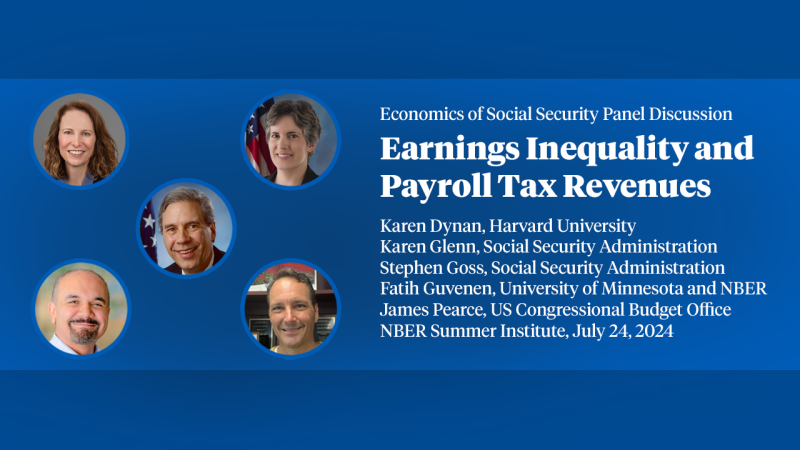Contractor Incentives Improve Performance of Weatherization Program

In a program designed to save energy by promoting home weatherization among low-income households, compensating contractors based on the amount of natural gas saved increased the average benefit by 24 percent. Peter Christensen, Paul Francisco, and Erica Myers report this finding in Incentive Pay and Social Returns to Worker Effort in Public Programs: Evidence from the Weatherization Assistance Program (NBER Working Paper 31322).
The researchers partnered with the Illinois Home Weatherization Assistance Program and studied projects that were undertaken in 2018 and 2019. Jobs were randomly assigned contracts of three types: high incentive, low incentive, and as a control, no incentive. Projects in Cook County, which includes Chicago, were excluded because the city had a performance-based pay system already in place.
Offering bonuses to contractors who exceeded a target effectiveness level resulted in improved performance whether the bonuses were large or small.
Under the program, an energy specialist establishes a baseline for each project by installing a large fan in the frame of one of the home’s outside doorways. The fan draws air out of the home, reducing the air pressure inside. Leakier homes require that more air be sucked out to achieve the same amount of depressurization. Based on these test results, the weatherization program calculates the target for the potential benefits of air sealing.
The extent to which a home is “sealed” against the weather depends on its condition and the skill and motivation of contractors to seek out leaks in attics, walls, basements, chimneys, crawl spaces, and other places. Bonuses for each project were tied to the amount by which contractors exceeded the minimum leakage reduction goal for the home.
Although jobs awarded the higher bonuses achieved better results than those awarded smaller ones, the difference between the two groups was not statistically significant. Both large and small bonuses decreased the probability of a callback, when the contractor must correct deficiencies, by about a third. The higher-bonus group appeared to have fewer deficiencies than the lower-bonus one, but once again the difference was not statistically significant.
Using gas bills, the researchers estimate that pay-for-performance incentives for contractors reduced gas consumption by 20 to 25 percent. Contractors considered high quality based on pre-study performance achieved twice the reduction in leakage of their lower-quality counterparts. The researchers conclude that their low incentive option, which offers only a modest payment to contractors, yields greater returns per dollar than their higher incentive option.
— Steve Maas


